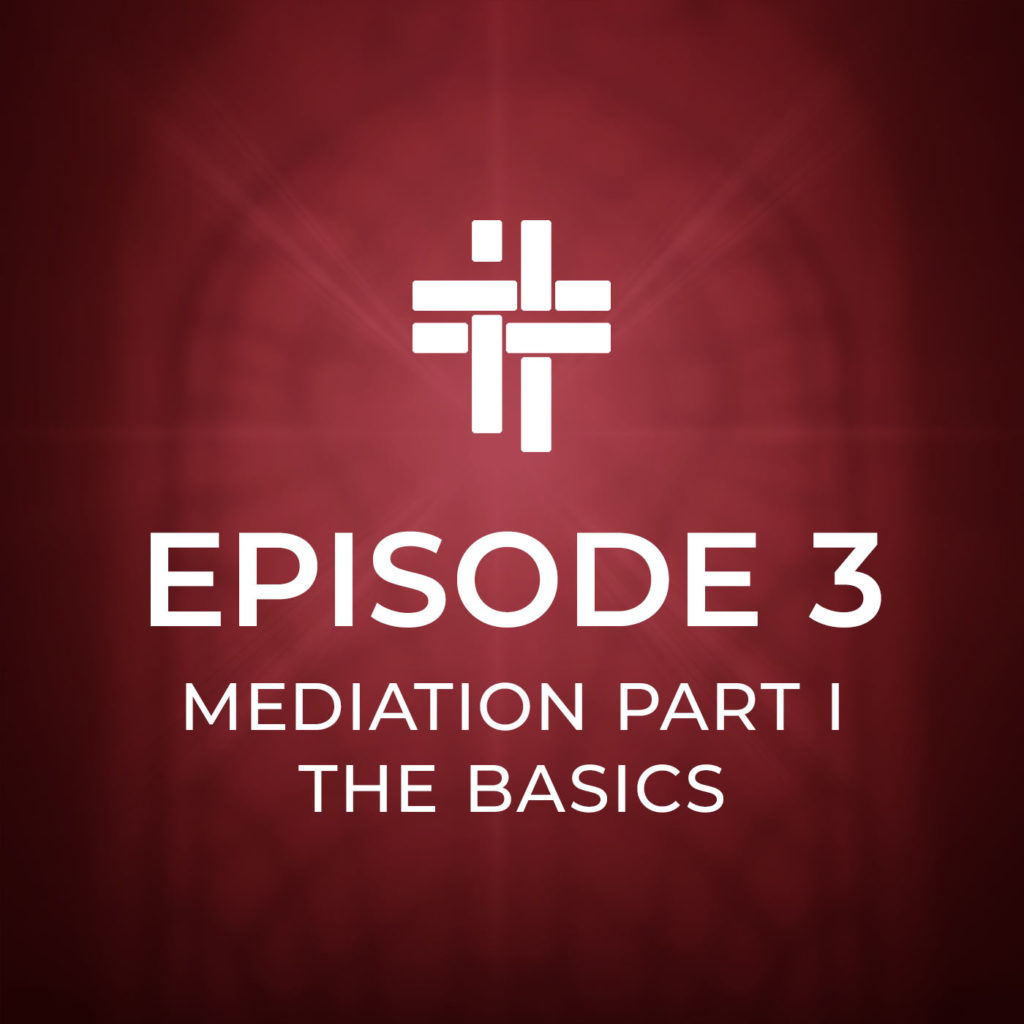Mediation revolutionized the trial courts in recent decades. But mediation is also an ancient practice found in the Gospel of Matthew. Jesus described a conflict resolution protocol that began with conciliatory gestures. The steps Jesus laid out are designed to reconcile human relationships. In this faith-based protocol, mediation can be described as “the art of restoring harmony in the presence of the Holy Spirit.”
Podcast: Play in new window | Download (Duration: 8:31 — 11.7MB) | Embed
Subscribe to the podcast
Credits
“Angel Share” and “Concentration” Kevin MacLeod Licensed under Creative Commons: By Attribution 3.0 License


